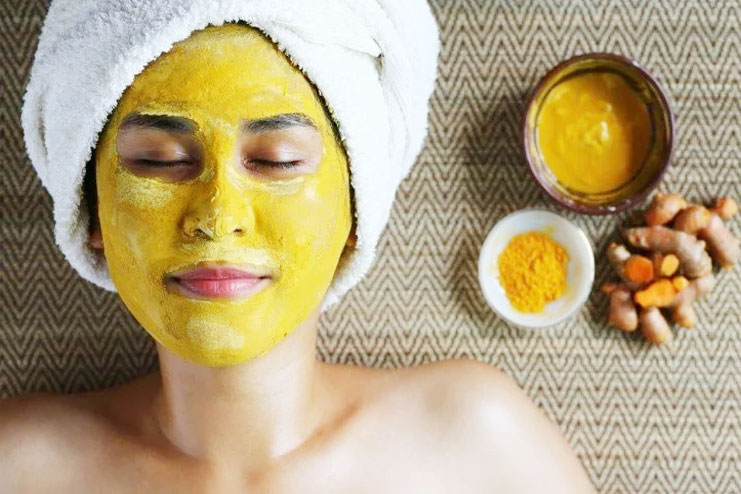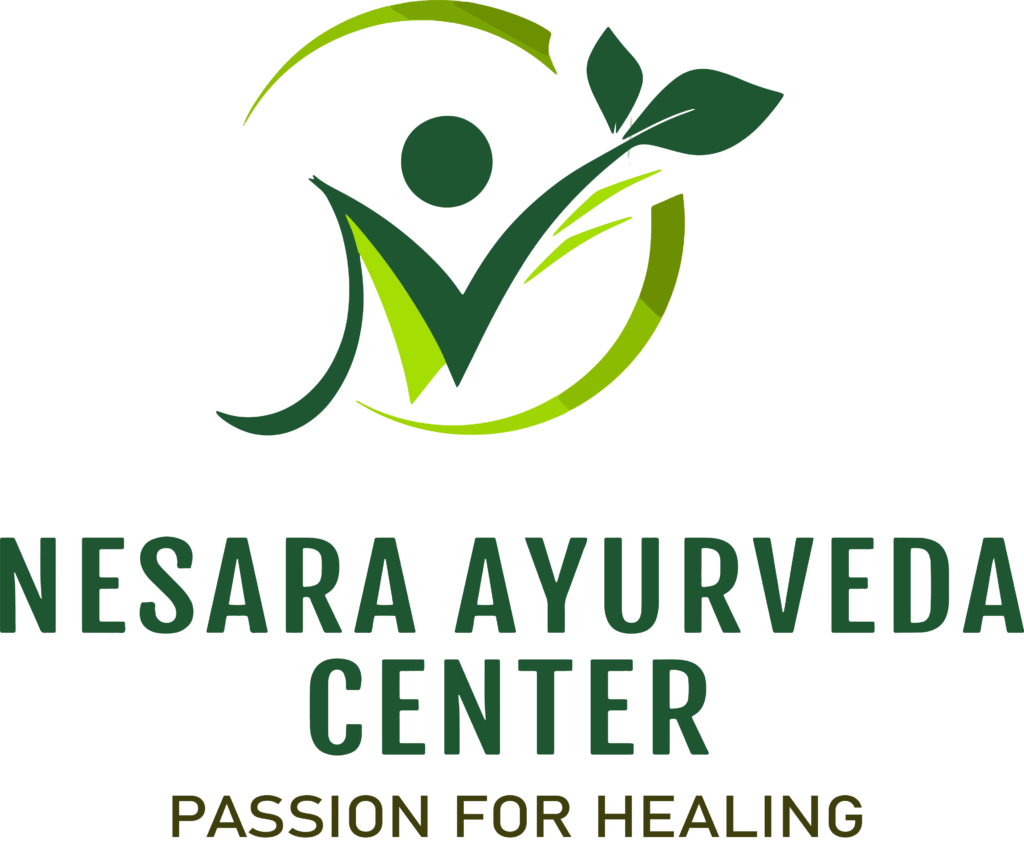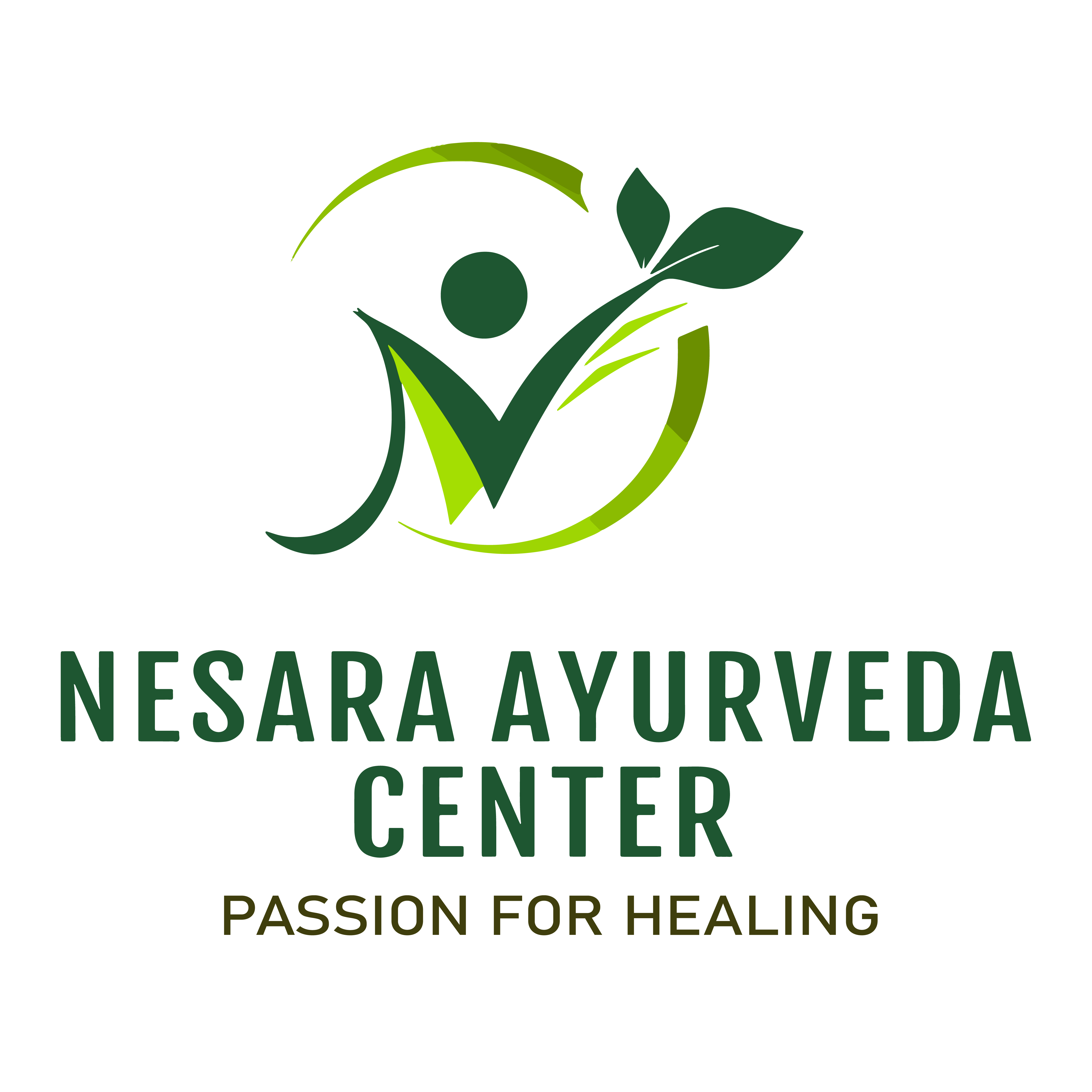Alepa Chikitsa

Alepa Chikitsa is an Ayurvedic treatment method that involves the application of medicinal pastes or poultices on specific areas of the body. The term "Alepa" translates to smearing or anointing. This therapy is utilized to treat various skin conditions and promote healing.Alepa Chikitsa is a traditional Ayurvedic therapy that harnesses the healing properties of natural ingredients to address skin concerns and promote overall well-being. Its emphasis on individualized treatment makes it an effective and holistic approach to healing in Ayurveda.
Here are key aspects and details of Alepa Chikitsa:
Preparation of Herbal Pastes :
Ayurvedic practitioners prepare herbal pastes using a combination of herbs, oils, powders, and other natural ingredients. The ingredients are carefully chosen based on their therapeutic properties and their effectiveness in treating the specific health condition.
Customized for Individual Needs:
The herbal paste used in Alepa Chikitsa is customized based on an individual's unique constitution (dosha), the nature of the ailment, and the stage of the condition. Different conditions may require different herbal combinations and preparations.
Application on Affected Areas :
The herbal paste is then applied topically to the affected area of the body, such as the skin or joints. It is massaged or spread evenly on the skin, allowing the therapeutic properties of the herbs to penetrate and provide the desired effects.
Skin Conditions :
Alepa Chikitsa is often used for various skin conditions such as rashes, itching, eczema, psoriasis, acne, and other dermatological issues. The herbs in the paste can have anti-inflammatory, antimicrobial, and soothing properties to alleviate skin discomfort.
Musculoskeletal Issues :
In addition to skin ailments, Alepa Chikitsa can be applied to joints and muscles to alleviate pain, inflammation, and stiffness associated with musculoskeletal conditions like arthritis or injuries.
Promotes Healing and Detoxification :
The herbal paste helps in the detoxification of the skin or affected area and supports the healing process by promoting blood circulation, reducing inflammation, and nourishing the tissues.
Duration and Frequency :
The duration and frequency of Alepa Chikitsa may vary based on the severity and type of condition being treated. It can be a one-time application or a series of applications over a specific period.
Complementary Therapies :
Alepa Chikitsa may be complemented with other Ayurvedic therapies, dietary recommendations, and lifestyle modifications to enhance its effectiveness and overall healing.

